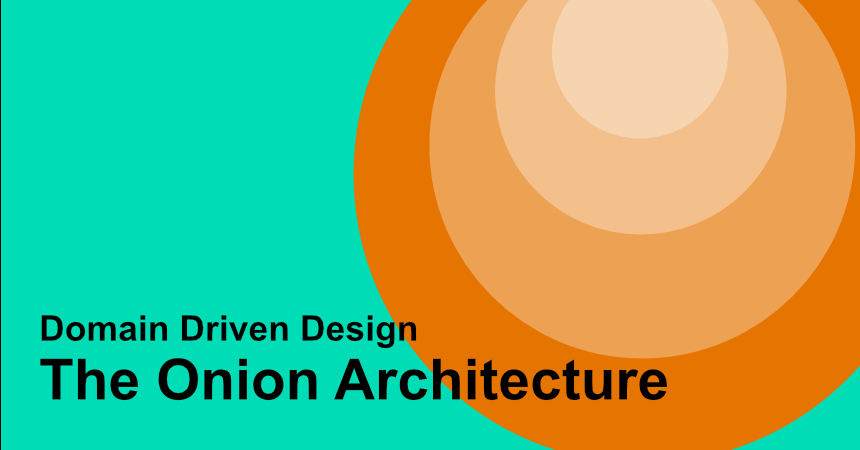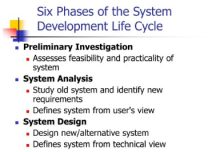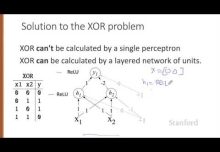
The software uses the behaviour expressed by the interface, the details of how the behaviour is executed lie within the infrastructure layer. Additional complexity to the build setup and additional studying curve introduced by the layered strategy pays back during growth. It reduces the cognitive load on the programmer by giving a extra concrete structural foundation and steerage. The clear separation of issues and decoupling of dependencies enable easier maintenance and modification of code, making it extra adaptable to altering necessities.
- The objective behind the onion pattern is to push your code and to have as few dependencies in your code as possible.
- Each layer/circle encapsulates or hides inside implementation particulars and exposes an interface to the outer layer.
- The domain layer lies in the heart of the Onion Architecture, representing the enterprise and behavioral objects.
- Besides the domain objects, you also may have area interfaces.
Each layer acts as modules/package/namespace inside the software. But it doesn’t fairly solve the validation downside, especially if you should take data from a database or from one other microservice. Therefore, we constructed a validation mechanism into the MediatR pipeline utilizing Fluent Validation.
By following the necessary thing principles and organizing the codebase into distinct layers, developers can create strong purposes which are easier to know, modify, and prolong over time. The instance folder construction introduced in this article serves as a beginning point for implementing Onion Architecture, with the flexibleness to adapt it to the particular onion architecture needs of every project. Onion structure is constructed on a domain model by which layers are linked by way of interfaces. The idea is to keep external dependencies as far outward as attainable the place area entities and enterprise rules form the core part of the architecture.
Designing An Structure
In this layer, service interfaces are stored separate from its implementation, preserving loose coupling and separation of concerns in thoughts. Onion Architecture is a software architectural sample that promotes a modular and loosely coupled design, specializing in separation of issues and maintainability. It helps builders create functions which may be more flexible, testable, and easier to evolve over time.
The net world is a set of various conventional architectures. Each of those items of structure has its pros and cons. There are two primary approaches to representing the layers within the code. The one that we used in our most up-to-date project was to use a package deal naming conference. This is the layer the place you place classes describing the core of your business.
As for “yet one other abstraction over already abstracted EF” – agree with you, we ought to always not expose EF or another DB supplier and make strict strategies for each case. Hey Yassert, Azure Static Web Apps are used for the deployment of static functions. That contains many of the client-side purposes including Blazor WebAssembly. Also in our security book, which you’ll find on the same link we mix ASP.NET Core Identity with IdentityServer4/Duende so everything is covered there as well.

In essence, MVC resolves the separation of concerns downside, however the tight coupling downside remains. We have already discussed the benefits and challenges this structure has addressed. These have turn into the reasons onion architecture has turn into so in style among the techies. The software is separated into layers, each with its own duties and issues.
Service Layer
We have already mentioned the separation of considerations as one of the ideas in Onion Architecture, but we should understand the differences in couplings. There are two sorts of couplings, i.e., Tight Coupling and Loose Coupling. Today, we will talk about Onion Architecture which is also said to be a cousin of layered and hexagonal structure.

It isn’t one of the best follow to do so as you should get entry to your companies through the IServiceManager interface. But if there is not any other way in your app, you’ll do what you have to do. Well, we used it for small/large projects and it always labored. So, I can’t say use this architecture only with “that” kind of project or something comparable. If you check with ForCreation and ForUpdate DTOs, then those are validated with the attributes as a result of we use them contained in the request in our actions. Could you assist me understand the selection behind adding validation logic to some of the DTOs in the Contracts solution?
What’s Onion Structure In Software Program Development?
I’ll be writing extra about the Onion Architecture as a default method for building enterprise applications. I will keep within the enterprise system space and all discussion will reside in that context. This will get even more attention-grabbing when there are a quantity of processes making up a single software program system. The elementary rule is that each one code can rely upon layers more central, but code can not rely upon layers further out from the core. This architecture is unashamedly biased towards object-oriented programming, and it puts objects earlier than all others.

Since the domain adjustments the most — here is the place the place you place all the new options, and enterprise necessities — it must be as easy as potential to switch and take a look at. This doesn’t imply in fact, that the area classes can’t have any dependencies. Like it the instance above — the code uses Lombok annotations, generating the boilerplate which in any other case must be written by the programmer.
In 3-tier and n-tier architectures, none of the layers are unbiased; this fact raises a separation of issues. The drawback of this conventional structure is unnecessary coupling. Each layer has a distinct responsibility, ensuring that enterprise logic stays decoupled from infrastructure or presentation issues. This separation improves code maintainability and facilitates testing. Dependencies move inward, with internal layers having no knowledge of outer layers.
In the Services.Abstractions project you’ll find the definitions for the service interfaces which may be going to encapsulate the primary business logic. Also, we are using the Contracts project to outline the Data Transfer Objects (DTO) that we’re going to consume with the service interfaces. All of the layers work together with each other strictly through the interfaces outlined within the layers beneath.
The structure does not give attention to underlying expertise or frameworks but the actual domain models. The thought of the Onion Architecture is based on the inversion of management principle, i.e. inserting the domain and services layers at the center of your utility, externalizing the infrastructure. At the system’s core you ought to have your corporation logic, surrounding your core you can add your dependencies. Just like an onion, your ranges are separate layers that do not intermingle, they’re their own separate layers of coding. Because of the highest top-to-down coupling, you possibly can peel layers off from the skin without ever affecting your inside layers of coding.
After all, in your controllers, you ought to be calling your service layer methods. Your presentation layer shouldn’t have any contact with the Identity lib. We can use lower layers of the Onion structure to outline contracts or interfaces.
By separating the appliance into layers, the system becomes more testable, maintainable and portable. It helps straightforward adoption of latest frameworks/technologies when old frameworks become out of date. Similar to different architectural styles like Hexagonal, Layered, Clean Architecture, and so on. it supplies a solution for widespread issues. It greatly depends on the complexity of the appliance and the size of the project to divide source code into multiple modules. In a microservice structure, modularisation could or could not make sense relying upon the complexity and use-case. Domain-driven design (DDD) is an method to developing software program for complex wants by deeply connecting the implementation to an evolving model of the core business ideas.




